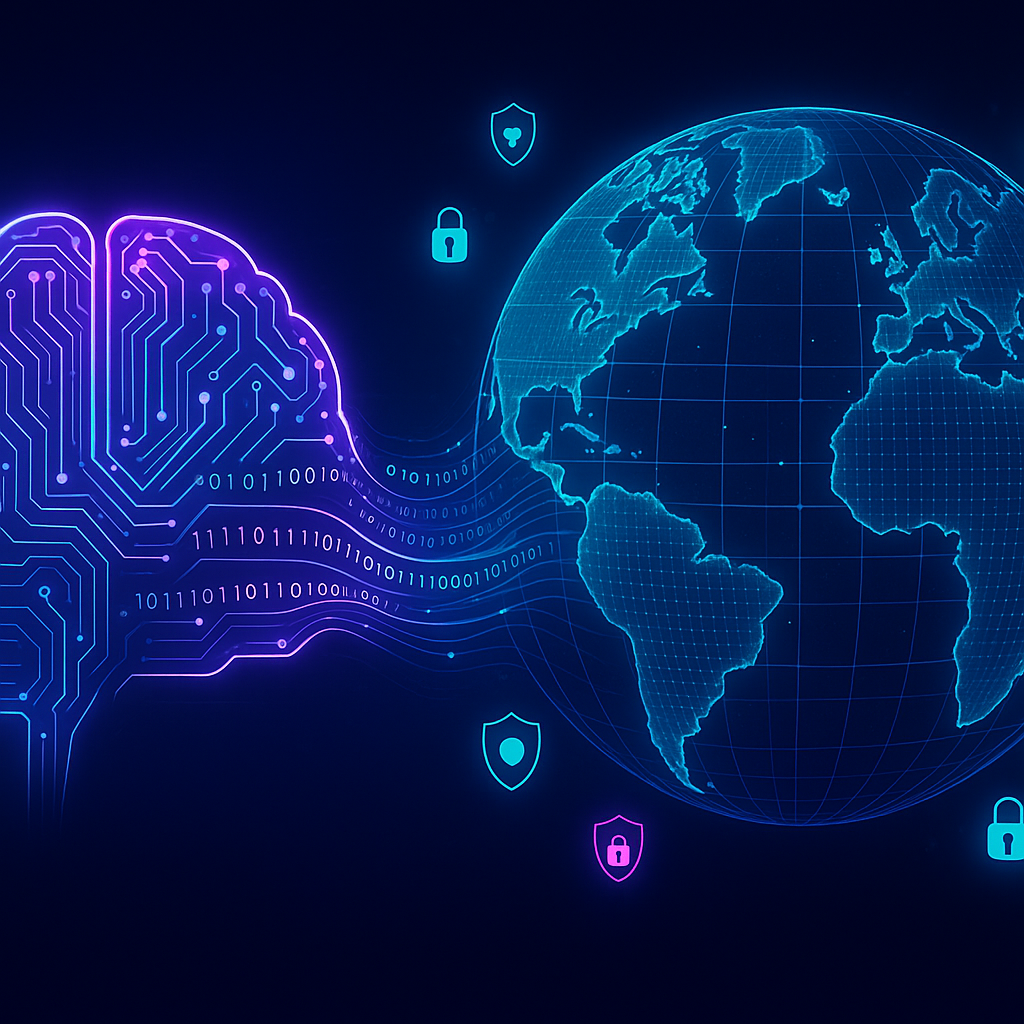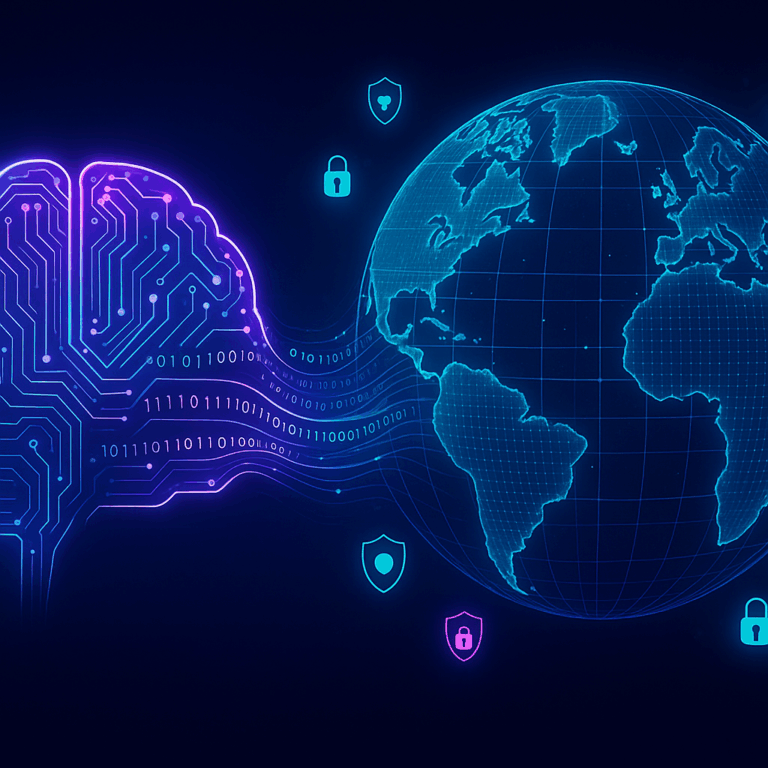
“`html
Boosting National Cybersecurity with AI Integration Techniques
Introduction: The Digital Cat-and-Mouse Game
In the evolving landscape of cybersecurity, the stakes could not be higher. Cyberattacks are becoming more
sophisticated, and traditional defenses are increasingly inadequate. Yet, there’s a dazzling light on the
horizon: Artificial Intelligence (AI). But can AI really be the magic wand to fend off cyber threats? Or is it
simply another layer of complexity? As we explore AI integration techniques to bolster national cybersecurity,
let’s dive into the possibilities, challenges, and the road ahead. This blog will peel back the layers on how AI
can be both a sword and a shield in the thrilling world of cybersecurity. Ready? Let’s dig in!
The Promise of AI in Cybersecurity
AI technologies can supercharge our defenses. From AI-driven threat detection to machine learning for
anomaly detection, the depth of capability AI brings to cybersecurity is profound.
- AI-Driven Threat Detection: AI can parse through massive datasets to identify patterns that humans
might miss. This ability means it can detect potential threats faster than any human analyst ever could. - Machine Learning Algorithms: Machines, through learning models, can detect even the most obscure
anomalies in real-time, offering an advanced alert system against potential security breaches.
Technological Approaches
Implementing AI into cybersecurity isn’t a straightforward plug-and-play. It requires intricate integration
across network security protocols and data protection strategies.
- Network Security Protocols: AI can enhance existing network security measures by continuously
learning and adapting to new threats, potentially automating responses to prevent breaches. - Data Protection Strategies: By analyzing patterns in data access, AI can help identify unauthorized
access quickly and efficiently.
What are the real-world applications of these potential benefits?
Real-World Applications
Nation-states and private sectors are turning to AI not just for theoretical security but for practical
solutions.
- Automated Incident Response: Companies are leveraging AI to automate the initial stages of incident
response, greatly reducing the time it takes to mitigate breaches. - Predictive Analysis: AI systems can predict potential attack vectors by examining trends and existing
threat data, enabling proactive defense measures. - Intelligent Security Analytics: Through AI, security teams can now sift through threats and alerts
with enhanced precision, reducing the noise and providing actionable insights.
Challenges in AI Deployment
No technology is without its challenges, and AI in cybersecurity is no exception. Several hurdles must be
navigated:
- Data Privacy: With AI systems analyzing massive datasets, ensuring data privacy remains a top
concern. - Adversarial AI: Cybercriminals can employ AI-tools themselves, creating a new type of arms race
where both attack and defense systems learn and grow continuously. - Integration Complexity: The integration of AI into existing systems requires significant technical
expertise and investment.
Future Implications
Despite these challenges, the future implications of AI in cybersecurity are promising. Continued advancements
could reshape how we perceive and interact with digital security.
- Adaptive Security Models: AI could lead to security systems that self-adapt to changing threat
landscapes in real-time, creating a dynamic defense network. - Human-Augmented Intelligence: AI could act as a force multiplier for cybersecurity professionals,
allowing them to focus on strategic threats while AI handles routine tasks.
Conclusion: Embracing the AI Revolution
AI stands as both a formidable ally and a challenging adversary in the cybersecurity landscape. Embracing AI
requires thoughtful integration and strategic planning. Cybersecurity professionals must remain vigilant, adapting
to new threats while leveraging the power of AI to safeguard our digital borders. In this race against cyber
threats, AI isn’t just a tool; it’s potentially a game-changer.
Let’s prepare for an AI-driven future where security is no longer just a safeguard but an evolving tech frontier.
With AI, the future is promising, and the possibilities abundant. Stay ahead of the curve, secure your networks,
and watch as AI transforms the battle against cyber threats.
References:
DHS: Leveraging AI to Enhance Nation’s Cybersecurity- R. B. Graham, “Artificial Intelligence and Cybersecurity: Emerging Trends and Technologies,”
Journal of Cybersecurity, vol. 45, no. 2, pp. 33-45, 2023.
“`




